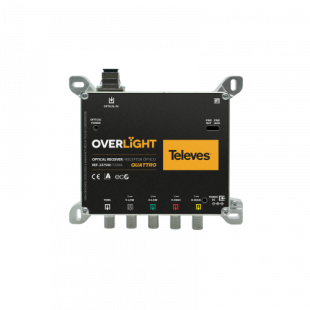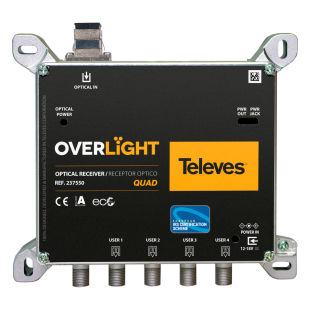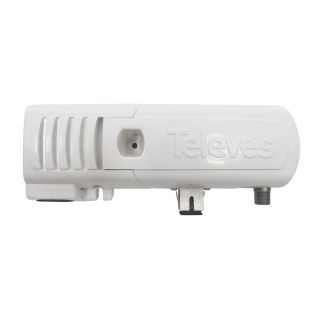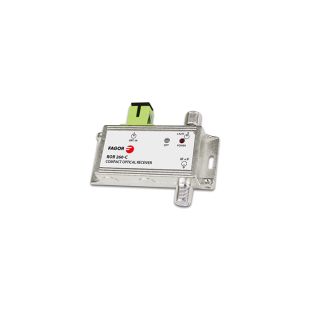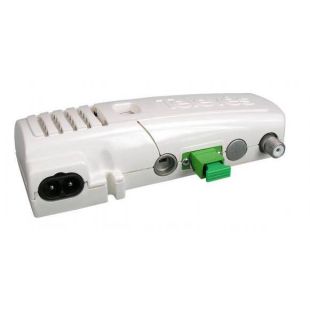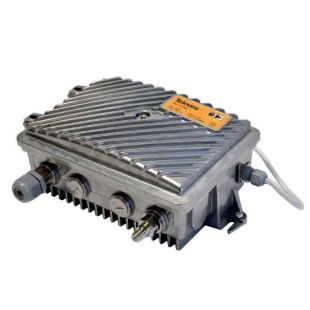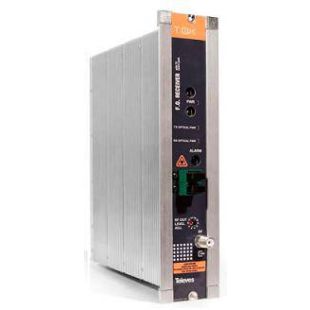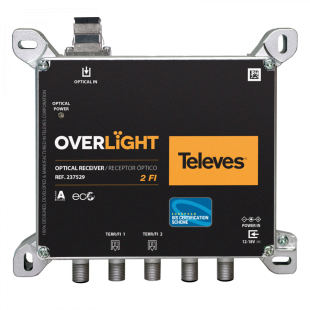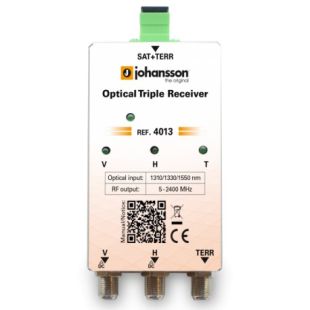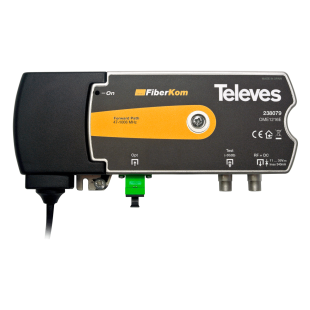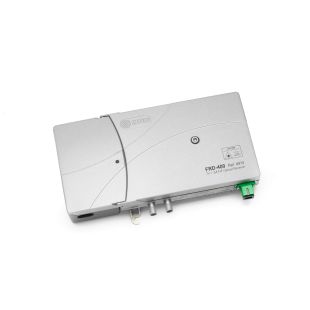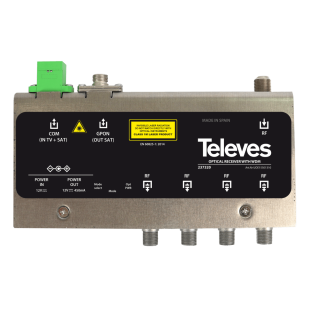Great store. Will be my favorite in the future. Sent quickly. All items are brand new sealed. And the prices are very nice. Separately, I want to thank Álex Guerra, who controlled my order from start to finish. In general, you are great!!
Thank you for the service. Absolutely top
Great comms. Very helpful and reliable all along
Order placed packaged well, dispatch and delivered promptly Would use again. Thank you
42/5000 the best team, both human and technical
-
 📺¿A qué se debe la mala señal TDT?
📺¿A qué se debe la mala señal TDT?Las causas a las que se debe una mala señal pueden ser variadas, pero en verano hay un repunte de casos.
-
 Material Telecomunicaciones Málaga
Material Telecomunicaciones MálagaEl mejor material de telecomunicaciones para profesionales en Málaga. Calidad, variedad y asesoramiento en tu zona con TDTProfesional
-
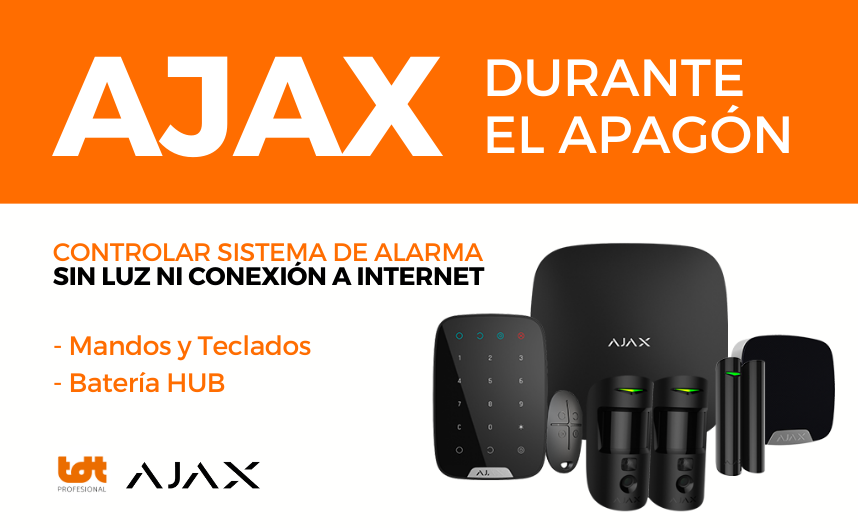 ¿Cómo activar la alarma sin luz ni internet? – AJAX
¿Cómo activar la alarma sin luz ni internet? – AJAXAprende a activar la alarma sin luz ni internet. Protege tu hogar o negocio durante un apagón con AJAX. ¡Seguridad garantizada!
-
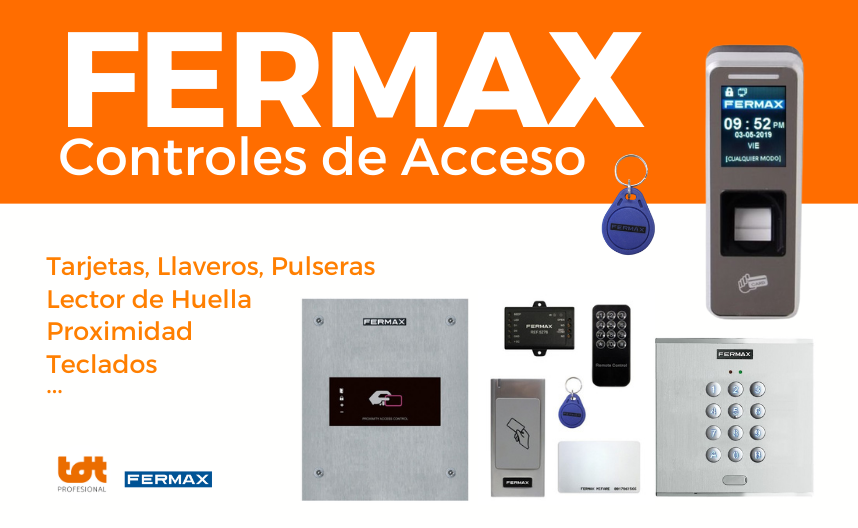 Controles de Acceso de Fermax
Controles de Acceso de FermaxDescubre los controles de acceso de Fermax, mediante los cuáles podrás abrir la puerta de tu vivienda o negocio de una forma fácil y segura.
-
 Semana de Internet – 5% Descuento
Semana de Internet – 5% DescuentoSemana de Internet: ¡Gran descuento en todo nuestro material de telecomunicaciones! Equípate al mejor precio. Descubre nuestras ofertas por tiempo limitado.
-
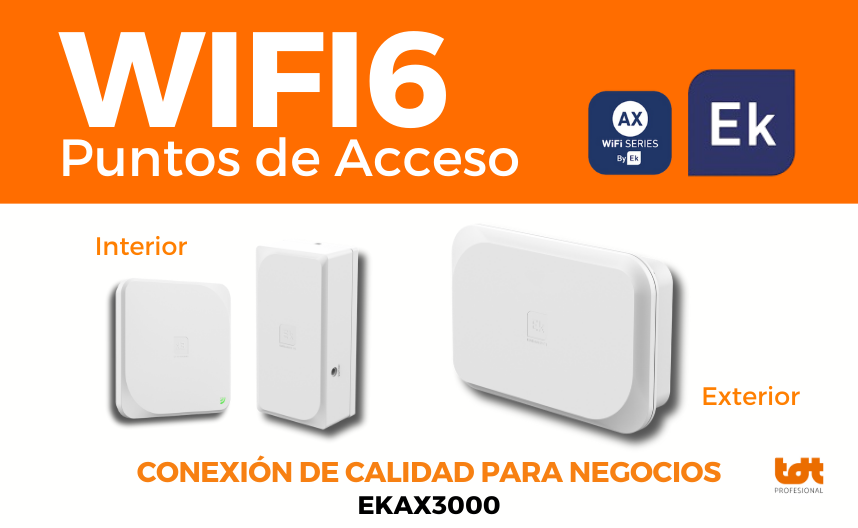 Puntos de Acceso – La mejor elección
Puntos de Acceso – La mejor elecciónCaracterísticas clave de los puntos de acceso para una experiencia de red excepcional. ¿Cómo elegir el mejor modelo según tus necesidades? ¡Optimiza tus red Wifi!
-
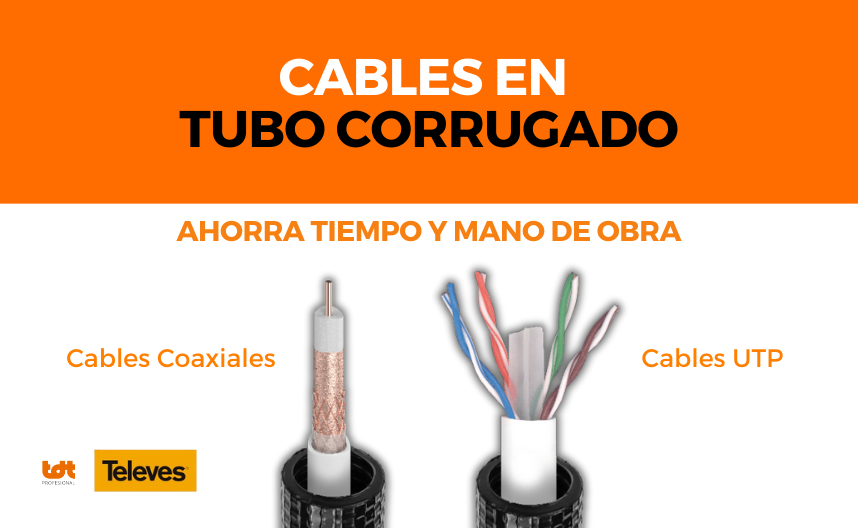 Por qué usar tubos corrugados en tus instalaciones
Por qué usar tubos corrugados en tus instalaciones¿Por qué usar tubos corrugados? Si los cables ya vienen preinstalados dentro de un tubo corrugado conseguimos un ahorro de tiempo y de mano de obra. Te contamos todos sus beneficios.
-
 Qué Tipo de Armario Rack Necesito
Qué Tipo de Armario Rack NecesitoPara escoger un armario rack adecuado a nuestras necesidades tenemos que conocer los tipos de racks que existen y cuales son las condiciones que necesitamos que cumplan. […]
What Is an Optical Receiver for Fiber Optic TV and How Does It Work?
An optical receiver for fiber optic TV is a device designed to convert optical signals into RF (radio frequency) electrical signals, ready to be distributed to televisions or coaxial-based TV distribution networks. These receivers are essential components in fiber optic TV installations, where the signal is transmitted from a central source (such as an optical transmitter or headend) to multiple reception points via fiber optic cabling.
Its primary role is to capture the modulated light carrying the TV signal (SAT, DTT, DVB-C) and translate it into a traditional electrical signal for use in household receivers, coaxial distribution systems, or IPTV headends.
Advantages of Optical Receivers Compared to Coaxial Systems
Unlike traditional coaxial systems, optical receivers provide cleaner signal transmission, free from electromagnetic interference and with greater range. Thanks to fiber technology, TV signals can be delivered over hundreds of meters with no significant quality loss.
They also offer greater flexibility in large installations, such as hotels, hospitals, or residential buildings, where centralized TV distribution to multiple users is required.
Compatible Optical Receiver Models for SAT and DTT Signals
This category includes a variety of optical receiver models compatible with satellite (SAT) and digital terrestrial television (DTT) signals. Some models are tailored for a single type of signal (e.g., DVB-T only), while others support multiple formats for hybrid environments.
Key features of optical receivers may include:
· Regulated or amplified signal output
· Automatic Gain Control (AGC)
· SC/APC connector compatibility
· Metal housings with proper ventilation
· Multiple optical wavelengths λ (1310 nm, 1490 nm, 1550 nm, etc.)
· Various output configurations: single or four outputs, including Quad or Quattro models for satellite signals
All models are designed for professional installations, ensuring long-term performance and stable signal delivery.

